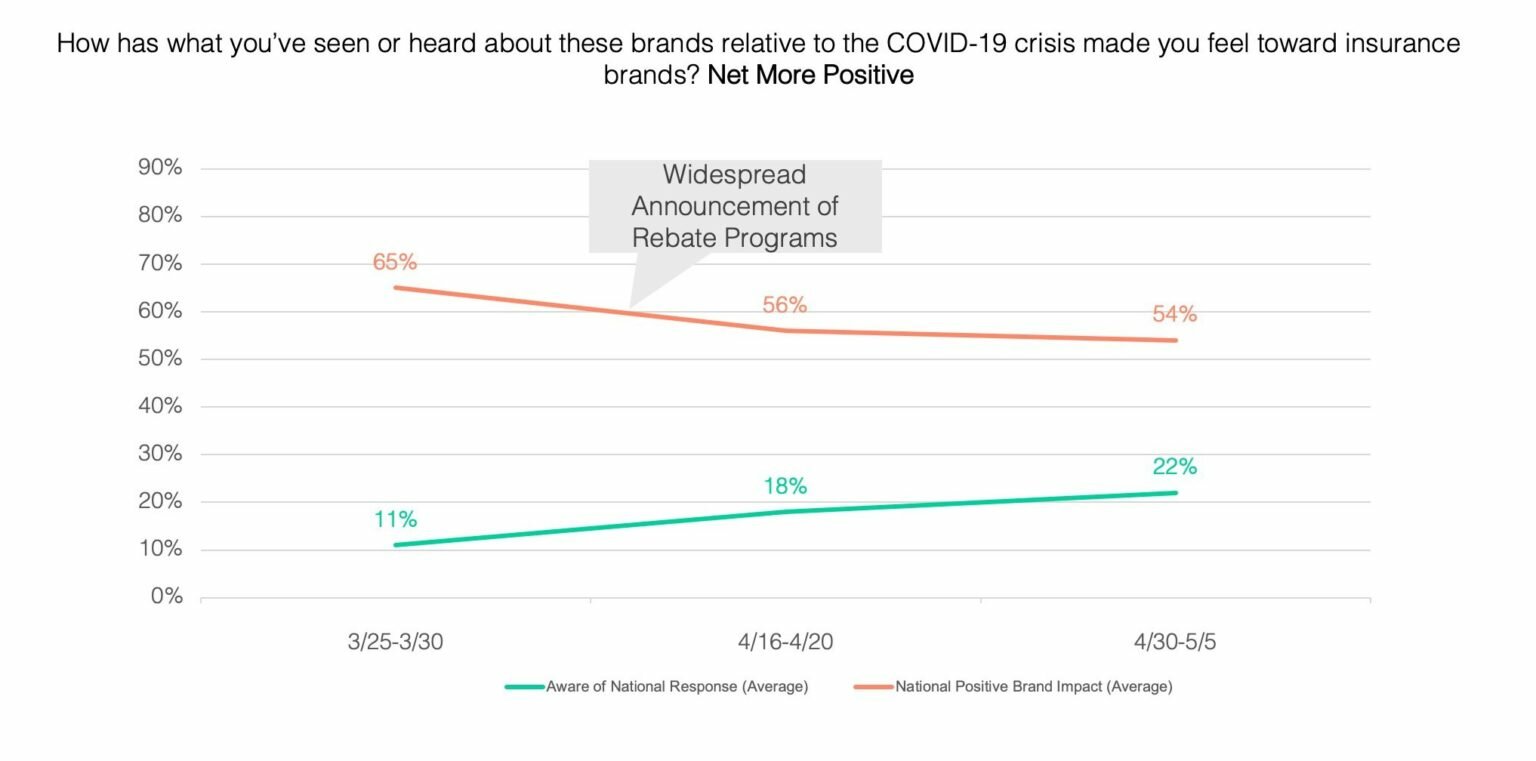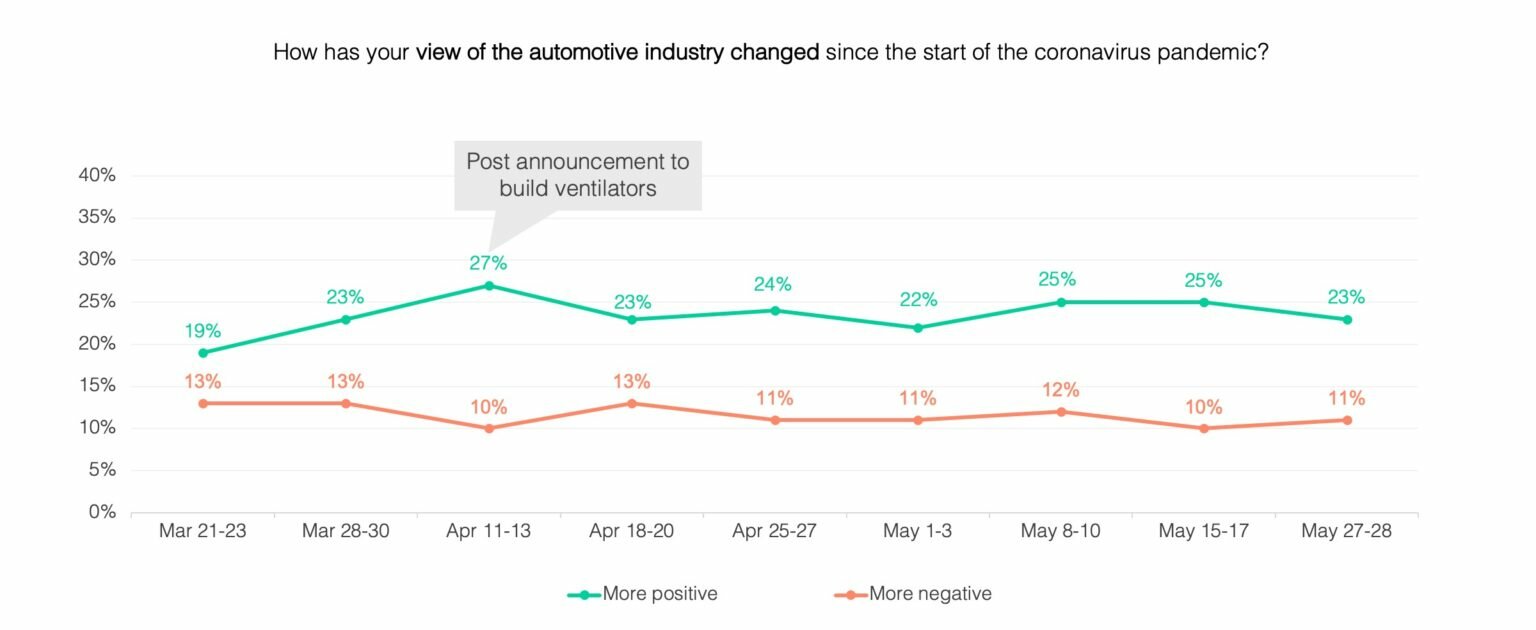Brief • 2 min Read

In the early days of the pandemic, businesses scrambled to respond – for some that was simply figuring out how to survive and for fortunate others it meant determining how to best help their customers and communities. As responses were announced across a variety of industries, at The Harris Poll we began to hear questions and stories from clients – asking what effect their efforts were having and expressing a sense that the goodwill generated from their efforts was short lived.
There appear to be two challenges for businesses aiming to have a meaningful response to COVID.
- Communicating the effort effectively
- Making sure the effort is impactful
The first challenge is simply communicating the effort effectively. Our data shows that even the biggest announcements struggled to break through to a majority of consumers. We see this clearly in the insurance industry – as most major providers announced rebates or reduced rates in early April, the press coverage was significant. However, The Harris Poll COVID-19 Corporate Perception Monitor research showed that in the weeks after these announcements, on average only 22% of American’s were aware of any given major providers response.
The second hurdle is crafting a response that is meaningful but also generates a positive impact on the brand – whether it be through increased awareness, connection, or perceptions. Our data suggests that, unfortunately, much of the positive impact from COVID-specific responses is short-lived. Here again we can look to the insurance industry – in the days after the rebate announcements, the efforts became seen as ‘status quo’, and even as awareness of them increased, positive sentiment toward leading brands actually declined.

Another example is the automotive industry. When the industry announced they were planning to pivot manufacturing efforts to make ventilators, they experienced a small bump in positive sentiment and corresponding decline in negative sentiment. However, that bump quickly normalized to pre-announcement levels.

Even leading media brands face similar dynamics. In mid-March Disney announced that it was moving up the release date of Frozen 2 to the Disney+ platform. The move was heavily covered by the press and was an early move to respond to the unfolding pandemic. However, in the weeks after that announcement, Disney did not appear to receive any boost among consumers in goodwill over competitors. In fact, two weeks after the announcement, 55% of American’s said Disney’s COVID response had a positive impact on the brand, lower than the 58% for Hulu and 62% for Netflix,neither of which had a splashy response at the time. And individuals were no more likely to say Disney was ‘making staying at home easier’ or ‘providing moments of happiness’ than they were to agree with these statements for Hulu or Netfix.
So, what does this mean for brands? Our belief is not that these responses were ‘wasted’ efforts – they provided valuable services & financial relief that was needed at the time and were very often the ‘right’ thing to do. However, they do not appear to be a viable strategy to build lasting brand equity. Businesses need to shift focus on the longer term: how to emerge strong in the coming months. How can you better serve evolving customer needs? What are opportunities to do things differently/better in our new reality?
Want to brainstorm how to emerge strong for the long-term? Reach out, we’d love to connect.
Subscribe for more Insights
Subscribe to our newsletter for the latest trends in business, politics, culture, and more.
Related Content









